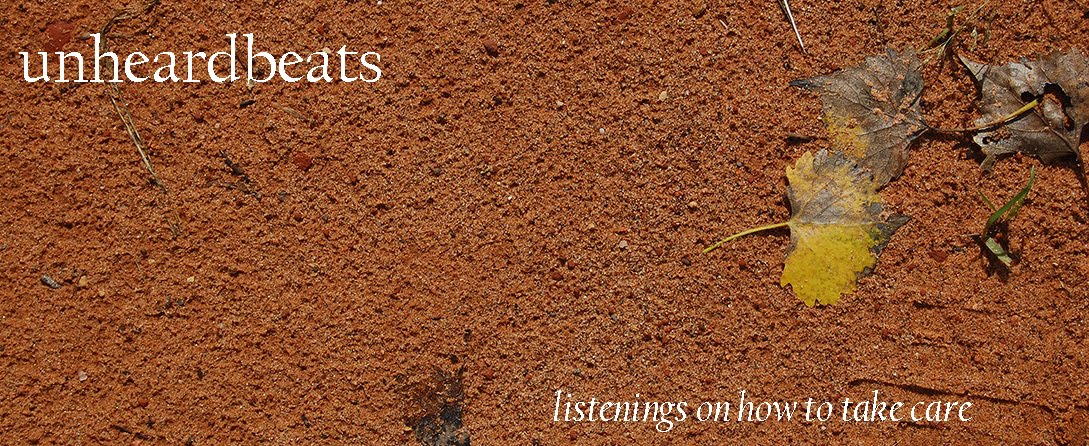 |
| Sedona, Arizona. October 2010. |
In my applications for college, medical school and residency, I wrote about my interests in working with people facing "disadvantages." The more I progressed through residency, the wider this spectrum of disadvantage became and the more I realized how little I knew of it. In some situations I felt that I could relate to one dimension of the term; in most situations I felt that people's experiences are so varied and different that it's impossible to ever fully understand.
Working at the county hospital in San Francisco, we gained experience in caring for low-income patients, minority patients, legal and illegal immigrant patients, patients struggling with substance use, homeless patients. Anyone working there can tell you that these disadvantages are strongly visible. The color of a person's face. The language spoken. The tremors that create space between the skin and bones of a person withdrawing from alcohol. The bag of belongings, all belongings that a person owns, next to the gurney.
Since graduating from residency and starting my job in community health, I've found that a large percentage of my patients face an obstacle much less visible, but equally integral to their health--that of trauma.
This has become more obvious to me than in my previous training, mainly because the environment lends itself to getting to know things more below the surface. Since our clinic offers mental health services, we are able to get more patients into primary care who might otherwise only see their psychiatrists. The availability of alternative treatments like acupuncture also helps draw in people who mistrust conventional systems of care. So in that sense, I feel that we're lucky to care for people who might otherwise go unseen.
And in the larger sense, I think the emphasis in primary care on seeing patients over time inherently allows us to learn more about people, than in an acute setting like the hospital.
And in the larger sense, I think the emphasis in primary care on seeing patients over time inherently allows us to learn more about people, than in an acute setting like the hospital.
During my first few months of work, I found that I was seeing many, many patients with generalized anxiety, a host of physical health concerns without objective findings (what are known as somatic symptoms), and a deep-seated lack of faith in medical care. I found myself frustrated and sad and confused, and pretty unprepared for how to provide for these patients.
But I relied on the difficulty and saving grace of this job, which is that it relies on time and long-term efforts. Over time, it became clear that many of these patients faced underlying trauma in their development. Not just the abuse that we tend to associate with the word trauma, though this is definitely very present. But numerous other experiences that isolate and lower self-esteem. I don't think the recognition of trauma was neglected in my training, but I do think its weight was underestimated and overwhelmed by obstacles that were more visible and visceral.
At the same time, it felt pretty visceral to see people's traumatic experiences manifest themselves in very real worries. To witness interactions fraught with too many layers for any one person to explain, and for any other single observer to dissect.
At first this built a lot of anger and frustration targeted at the sources of trauma, at the power of people and society to inflict such harm. But over time, I found that ultimately it builds a deep appreciation for people's trajectories, and an even deeper humility surrounding how little we know of others. The diverse barriers that people quietly face that often go unappreciated, the resilience derived from unspoken adversity, the many different ways that life can be difficult for any one person.
I think that when we express a desire to work with the "disadvantaged," what we should really consider is the openness to explore every individual's unique obstacles, especially if they aren't immediately obvious. It also makes me think differently about how to care for my own road bumps, to give them more conscious space in my thought processes and actions. We tend to bury even deeper what's not openly bared. A lot of the tools I draw upon to promote health have to do with sharpening senses, looking more closely, giving more attention to what we see. If something isn't visible, it's less likely that it's not there and more that it's just unseen.



No comments :
Post a Comment